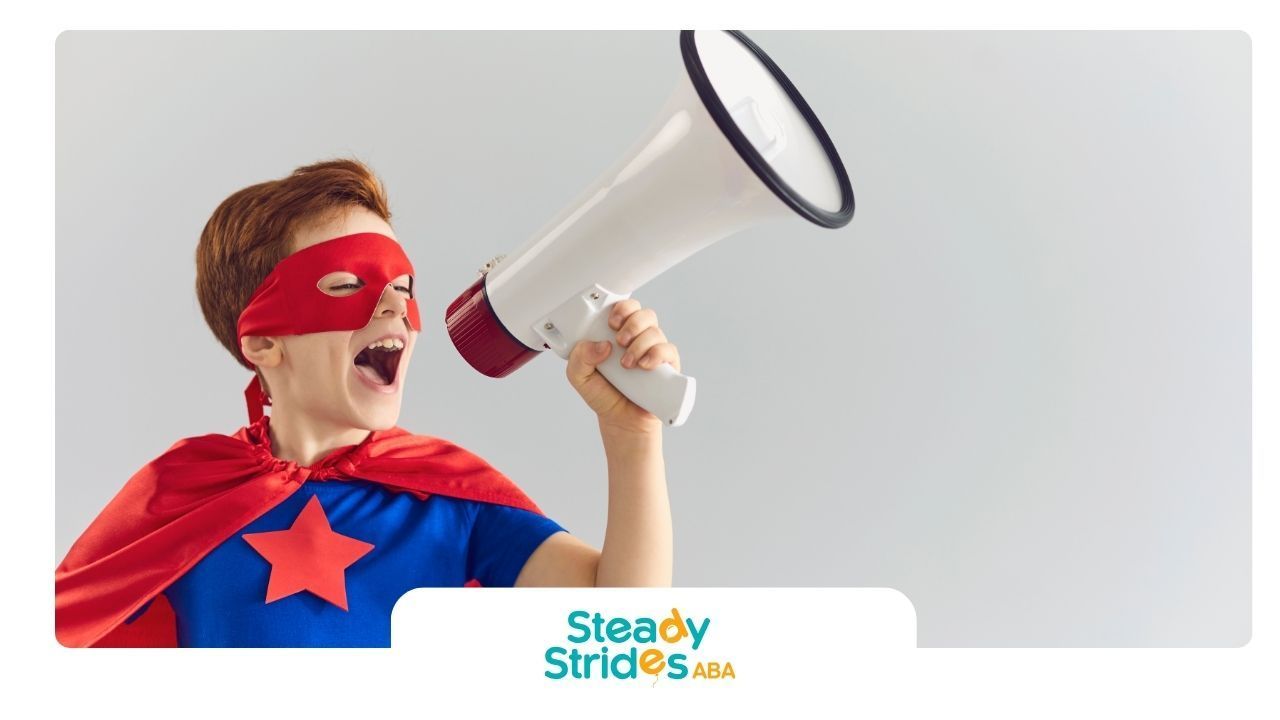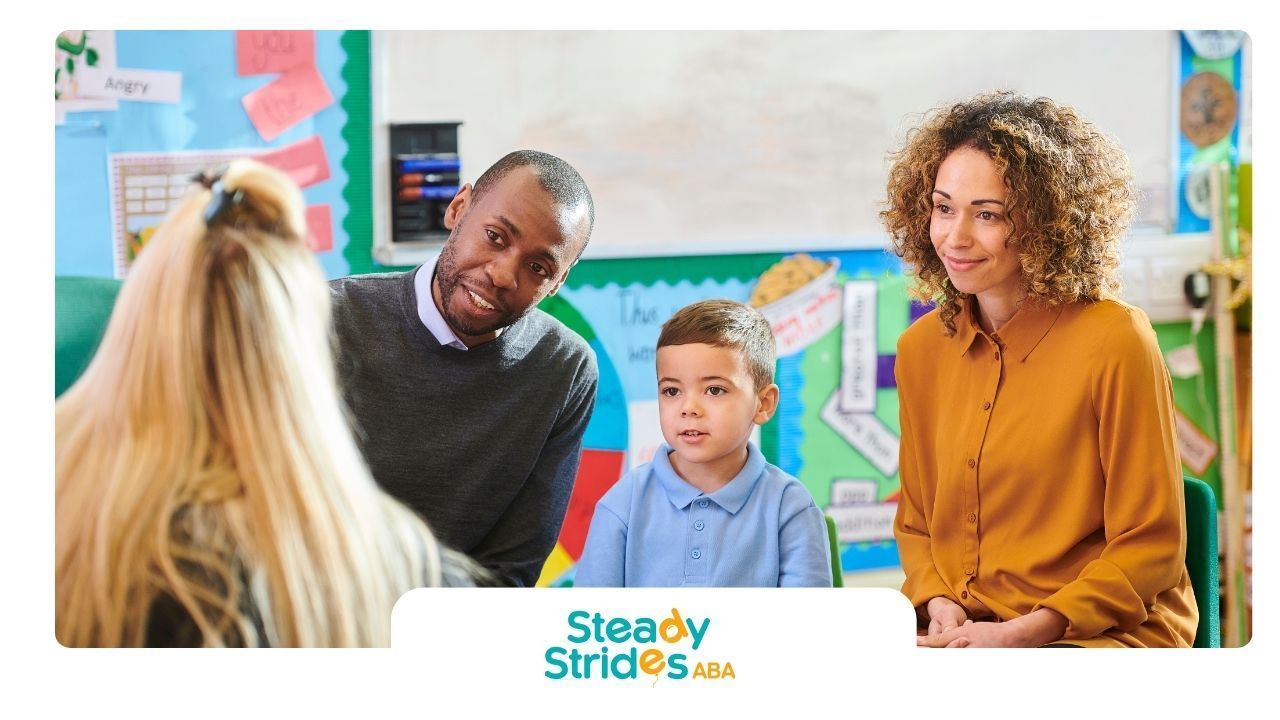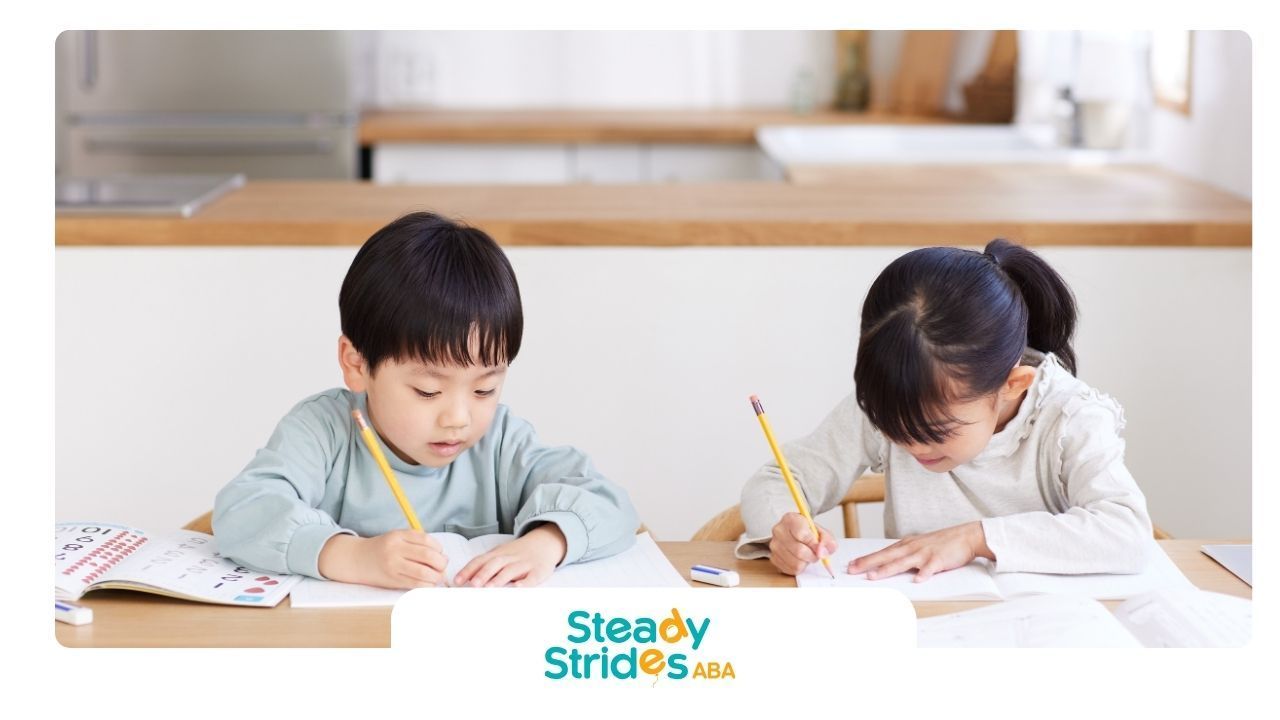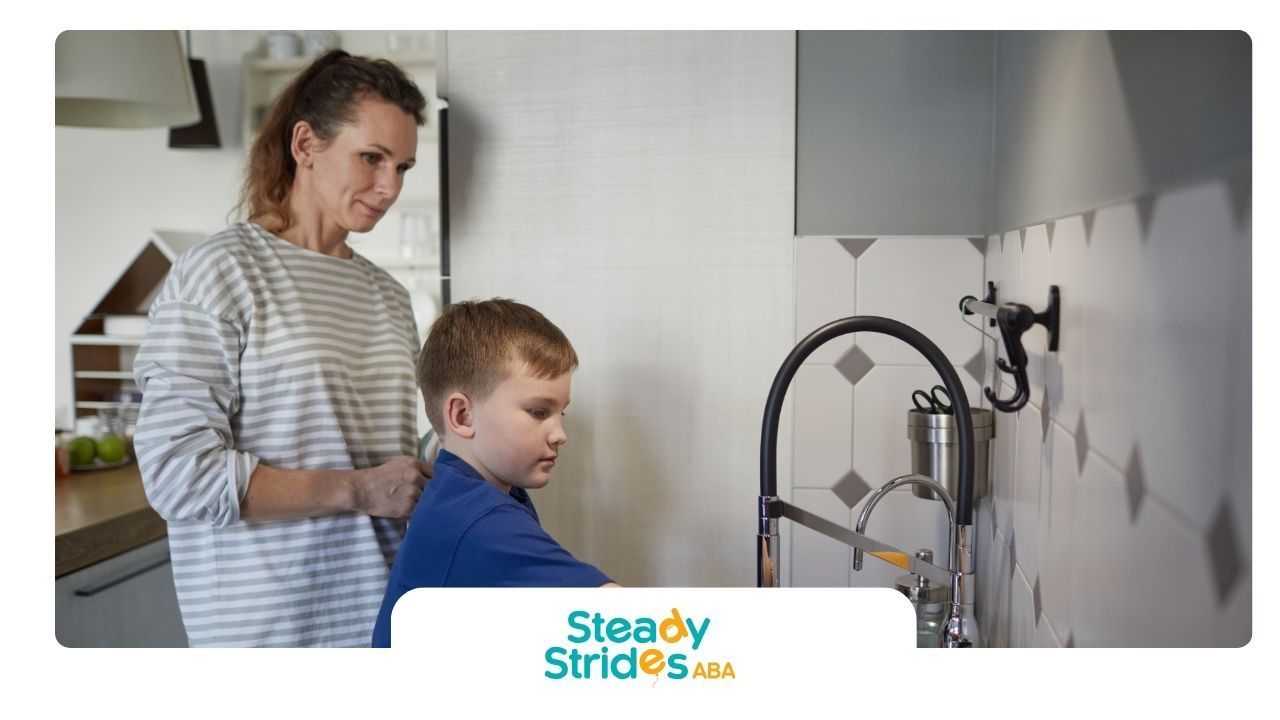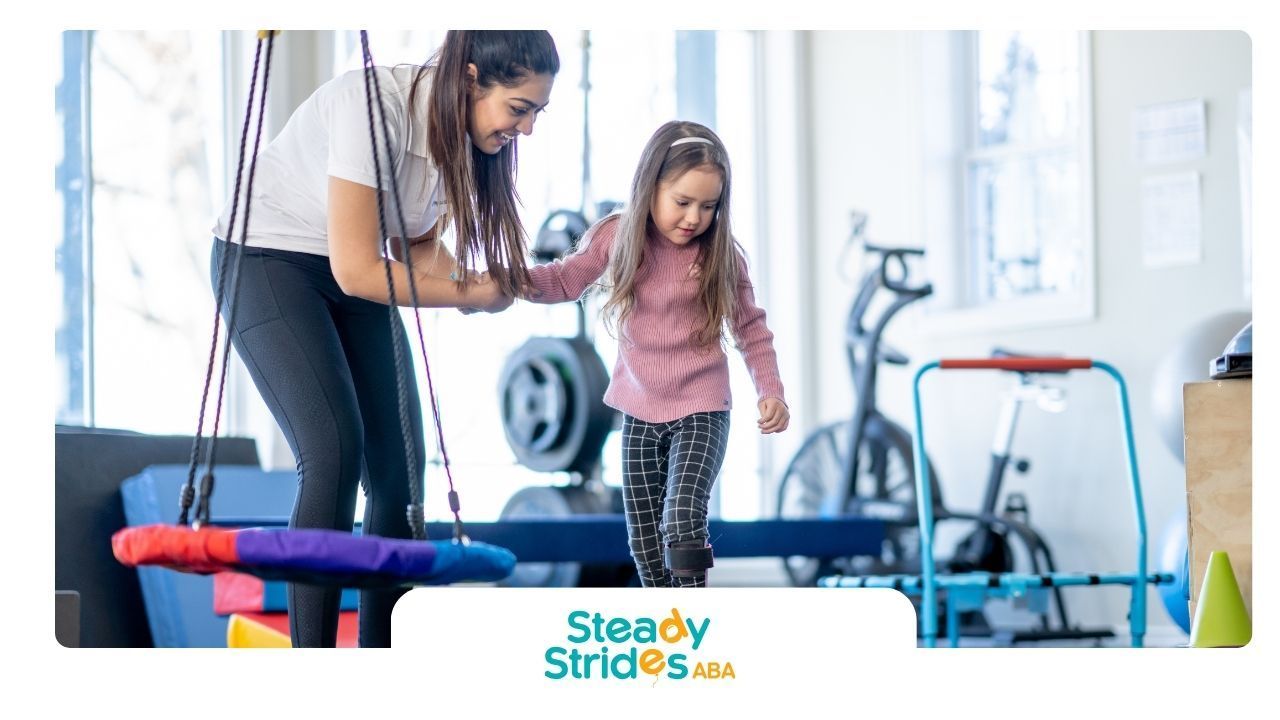Deciding between Applied Behavior Analysis (ABA) therapy and preschool can feel overwhelming, especially when you want the best for your child’s unique needs. Both options offer distinct approaches to learning and development, particularly for autistic children. ABA therapy provides a highly individualized, data-driven method focusing on skill acquisition and behavior modification, while traditional preschools emphasize social interaction, creativity, and foundational skills. Understanding these differences can help you make an informed decision that aligns with your child's developmental goals.
Understanding ABA Therapy
What is ABA Therapy?
ABA therapy is a therapeutic approach rooted in the principles of behaviorism. It focuses on understanding and improving specific behaviors through systematic interventions. ABA therapy is often used to support individuals with autism and aims to promote positive behaviors while reducing undesirable ones.
The therapy typically involves a trained therapist who utilizes various techniques to encourage positive changes in behavior, communication, and social skills. This approach emphasizes the importance of observable behavior and works towards teaching functional skills that can enhance everyday life.
Principles and Techniques of ABA Therapy
The principles of ABA therapy are based on the concept that behavior is influenced by environmental factors. The main objective is to utilize reinforcement to encourage desirable behaviors and diminish unwanted ones. Key techniques include:
- Reinforcement: Positive or negative stimuli that increase desired behaviors.
- Discrete Trial Training: A structured method of teaching skills through repetition.
- Prompting and Fading: Techniques to guide behavior cues followed by gradual removal.
- Task Analysis: Breaking down complex skills into manageable steps.
- Generalization: Encouraging the application of learned skills in various contexts.
The combination of these techniques allows for a comprehensive approach to behavior modification. By focusing on individualized goals, ABA therapy seeks to adapt to the specific needs of each child, supporting their growth and development effectively.
Traditional Preschool Approach
Benefits of a Traditional Preschool Setting
Traditional preschool programs offer a range of advantages for young learners. These settings typically provide a structured environment that promotes social interaction, creativity, and foundational skills necessary for future education.
Key benefits include:
- Socialization: Children learn to interact with peers, developing important social skills.
- Routine: Establishes a daily schedule that helps children understand structure and consistency.
- Cognitive Development: Exposure to a variety of activities fosters early learning and cognitive growth.
- Emotional Growth: Opportunities for children to express their emotions in a supportive environment.
- Diverse Curriculum: A broad range of subjects including art, music, and physical education promotes overall development.
Potential Drawbacks of Traditional Preschool for Autistic Children
While traditional preschools provide numerous benefits, they may also present challenges for autistic children. The standard environment may not cater effectively to the unique needs of every child, potentially leading to difficulties.
Key drawbacks include:
- One-Size-Fits-All Approach: Curriculum may not be tailored to the specific learning styles of autistic children.
- Sensory Overload: Traditional settings can be busy and noisy, which may be overwhelming for some children.
- Limited Individual Support: Staff may not have specialized training to address the needs of autistic learners.
- Peer Interaction Challenges: Difficulties in social interactions may arise, affecting comfort and integration.
- Transition Difficulties: Changes in routine or environment can be challenging without proper accommodations.
Understanding both the strengths and weaknesses of a traditional preschool approach is essential for parents as they deliberate between ABA therapy and preschool options for their autistic children.
ABA Therapy vs. Traditional Preschool: Curriculum Comparison
Comparing the curricula of ABA therapy and traditional preschool settings provides insight into their respective focuses and structures. Understanding these differences can aid parents in making informed decisions for their autistic children.
Focus and Goals of ABA Therapy Curriculum
The primary focus of ABA therapy is to promote positive behaviors and skills through systematic teaching methods. The goals of the ABA curriculum typically include:
- Skill Acquisition: Focused on teaching specific skills such as communication, social interaction, and daily living tasks.
- Behavior Modification: Aims to reduce challenging behaviors and replace them with more appropriate alternatives.
- Individualized Learning: Tailors teaching methods to fit the unique needs of each child, ensuring optimal engagement and learning.
- Data-Driven Measurement: Utilizes ongoing data collection to track progress and adjust interventions as needed.
Curriculum Structure in a Traditional Preschool
In contrast, traditional preschool curricula emphasize broader educational experiences that include play-based learning and social interactions.
The structure typically encompasses:
- Play-Based Learning: Encourages discovery through hands-on activities and unstructured play, fostering creativity and exploration.
- Social Skills Development: Provides opportunities for peer interaction, promoting sharing, cooperation, and conflict resolution.
- Thematic Units: Often organized into themes (seasons, animals, etc.), integrating various subjects like art, science, and literacy.
- Structured Routine: Maintains a consistent schedule that helps children feel secure and understand daily expectations.
Examining the curriculum comparison between ABA therapy and traditional preschool highlights the distinct approaches they utilize to foster growth and development. Each method offers unique benefits that parents should consider when making educational choices for their autistic children.
Individualized Learning and Support
When considering options for children on the autism spectrum, individualized learning and support are crucial factors. Both ABA therapy and traditional preschool approaches offer unique methods for addressing the needs of autistic children, each tailored in different ways.
Customized Support in ABA Therapy
ABA therapy is designed to offer highly personalized support for children with autism. The approach focuses on understanding each child's specific challenges and strengths, allowing therapists to create targeted intervention plans.
Key aspects of customized support in ABA therapy include:
- Individualized Programs: Each child receives a tailored program based on their unique needs and goals.
- Data-Driven Decisions: Progress is continuously monitored through data collection, allowing for adjustments.
- One-on-One Interaction: Therapy often involves individualized sessions, enhancing focused learning.
- Skill Acquisition: Emphasis on teaching specific skills that enhance daily living and social interactions.
Personalization in Traditional Preschool
Traditional preschool settings aim to provide a nurturing environment for all children. While the approach may not be as custom-tailored as ABA therapy, some preschools incorporate strategies to accommodate individual learning needs.
Key aspects of personalization in a traditional preschool include:
- Inclusive Classrooms: Emphasis on including children with diverse needs in a shared learning environment.
- Differentiated Instruction: Teachers adapt lessons and activities to meet the varying abilities of children.
- Social Interaction Opportunities: Structure allows for social engagement among peers, fostering relationships.
- Supportive Curriculum: Lessons designed to support various learning styles enhance engagement and understanding.
Both ABA therapy and traditional preschool provide valuable forms of individualized learning. Parents must weigh these approaches carefully to determine which is best suited for their child's needs.
Social and Emotional Development
When considering the best educational approach for autistic children, the development of social and emotional skills is a significant factor. Both ABA therapy and traditional preschool provide unique methodologies for fostering these important skills.
Social Skills Development in ABA Therapy
ABA therapy focuses on structured interventions that enhance social skills in autistic children. This therapy employs specific techniques to teach communication, social interactions, and appropriate play.
Key aspects of social skills development in ABA include:
- Discrete Trial Training: Breaks down skills into small, teachable units with specific prompts and rewards.
- Natural Environment Training: Teaches skills in everyday environments where the child is more comfortable.
- Social Stories: Uses narratives to explain social situations and appropriate responses.
- Peer-Mediated Interventions: Involves peers in teaching and reinforcing social skills through joint activities.
Children in ABA therapy often receive individualized instruction tailored to their needs, allowing for a more focused approach to skill acquisition.
Social Interaction in Traditional Preschool
Traditional preschool settings provide a more flexible environment for social interaction. In these settings, children engage with peers in varied activities that promote social development through natural play and exploration.
Factors influencing social interaction in traditional preschool include:
- Group Activities: Small and large group activities encourage cooperation and teamwork.
- Peer Modeling: Children learn social behaviors by observing and interacting with peers.
- Unstructured Play: Freer playtime allows children to develop creativity and problem-solving skills in social contexts.
- Teacher Guidance: Educators facilitate interactions and intervene when necessary to promote positive social exchanges.
In traditional preschools, the social aspects of learning occur more organically, fostering relationships and emotional intelligence through collaborative experiences.
Both ABA therapy and traditional preschool environments offer valuable opportunities for social and emotional development. Parents must consider what aligns best with their child's needs and family values when making educational decisions.
Making an Informed Decision
When parents of autistic children are deciding between ABA therapy and traditional preschool, several factors need consideration. Understanding these factors can assist in making the right choice for the child's developmental needs.
Factors to Consider When Choosing Between ABA Therapy and Traditional Preschool
Several elements should be evaluated when weighing the pros and cons of ABA therapy and traditional preschool.
| Factor | ABA Therapy | Traditional Preschool |
|---|---|---|
| Individualization | Highly personalized programs tailored to the child’s specific needs | General curriculum designed for a wider age range |
| Structure | Focused sessions with specific behavioral goals | Flexible and diverse learning environment |
| Socialization Opportunities | Structured social skills training | Peer interactions in a natural setting |
| Learning Pace | Progress can vary based on individual needs | Fixed pace determined by the group |
| Parental Involvement | Frequent communication and involvement in therapy sessions | Occasional updates through reports or meetings |
Consulting Professionals for Guidance
Engaging with professionals in the field can provide insightful perspectives on this important decision. Specialists such as pediatricians, child psychologists, and certified ABA therapists can help parents assess their child’s specific needs.
Consultation may include:
- Assessments: Comprehensive evaluations to understand the child’s strengths and areas for improvement.
- Recommendations: Professional insights on the suitability of ABA therapy versus traditional preschool based on the child's social, emotional, and cognitive development.
- Follow-up: Ongoing support and guidance as the child progresses in their educational journey.
Seeking expert advice can empower parents, enabling them to choose the most effective educational path for their child.
Conclusion
Ultimately, choosing between ABA therapy and preschool depends on your child’s individual needs, your family values, and what feels right for you. If you’re leaning towards personalized support that targets specific behaviors and skills, Steady Strides ABA offers both home-based and center-based ABA therapy services designed to cater to your child’s unique needs. Our dedicated therapists work closely with you to create an individualized plan that not only supports your child’s growth but also fits seamlessly into your daily life. If you’re ready to explore how ABA therapy can make a difference, reach out to Steady Strides ABA today. We're here to help every step of the way!
FAQs
What is the main difference between ABA therapy and preschool?
ABA therapy is a structured, individualized approach focusing on behavior modification and skill acquisition, often tailored for autistic children. Preschool provides a broader, play-based educational experience in a social setting.
Is ABA therapy better than preschool for autistic children?
It depends on the child’s needs. ABA therapy offers personalized support and behavioral interventions, while preschool focuses on socialization and diverse learning experiences. Consulting professionals can help you make the best choice.
Can my child attend both ABA therapy and preschool?
 Button
ButtonYes, some parents choose to combine both to provide comprehensive support. ABA therapy can address specific behavioral needs while preschool fosters social skills and early learning.





